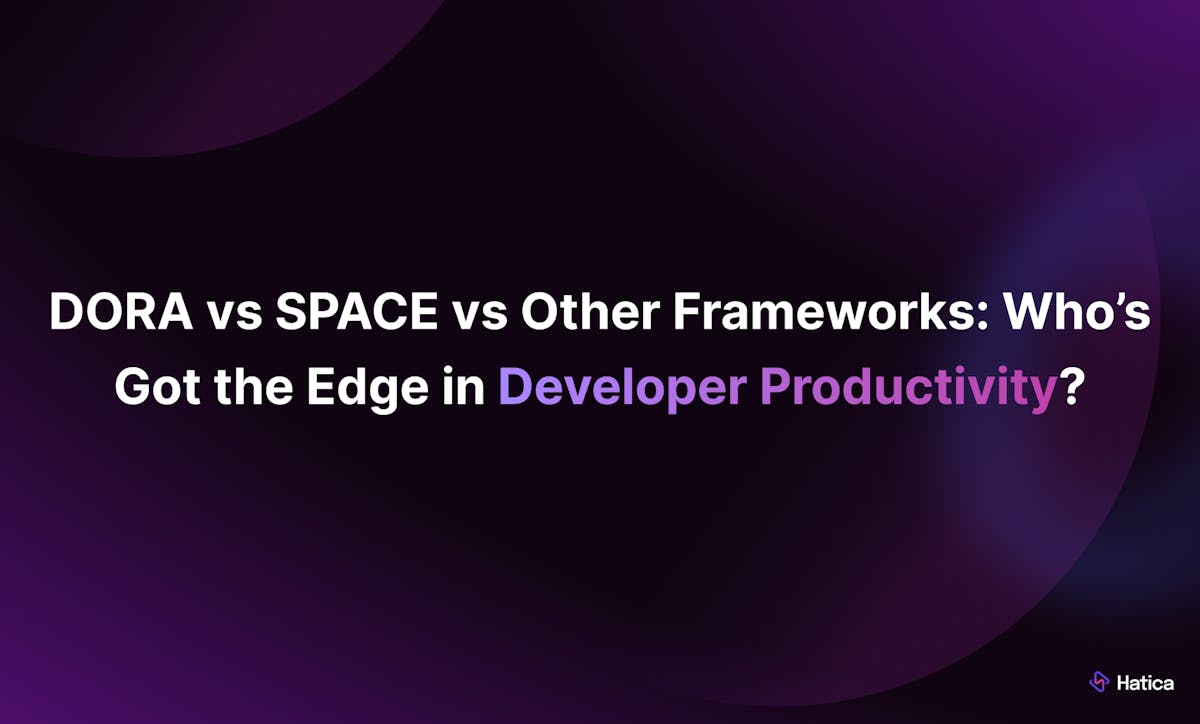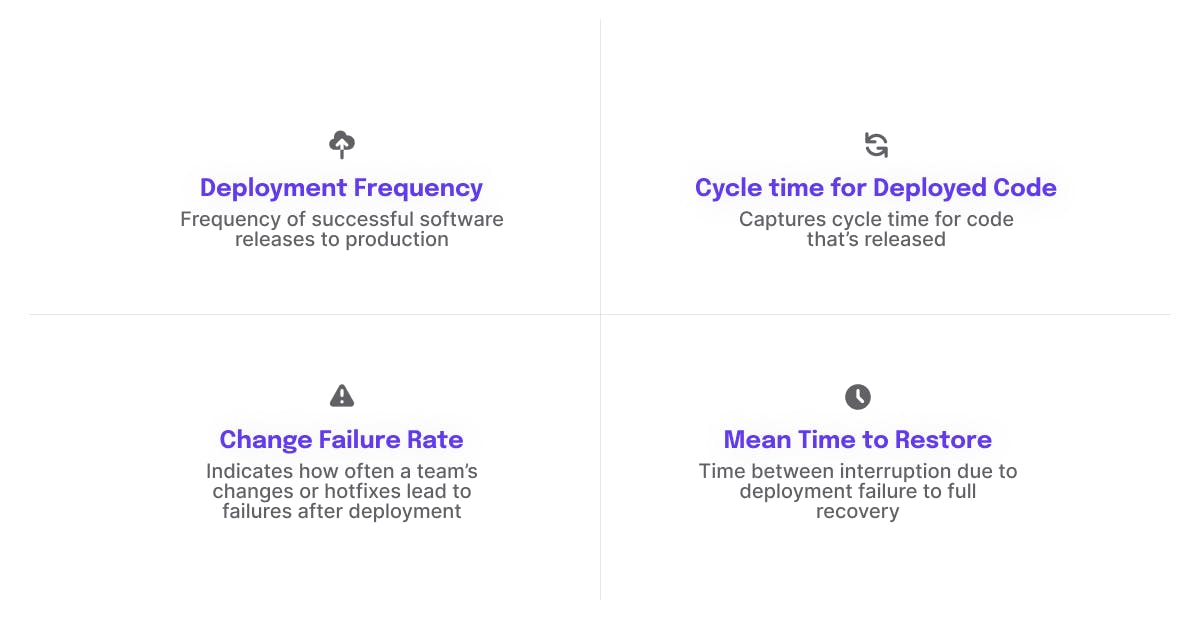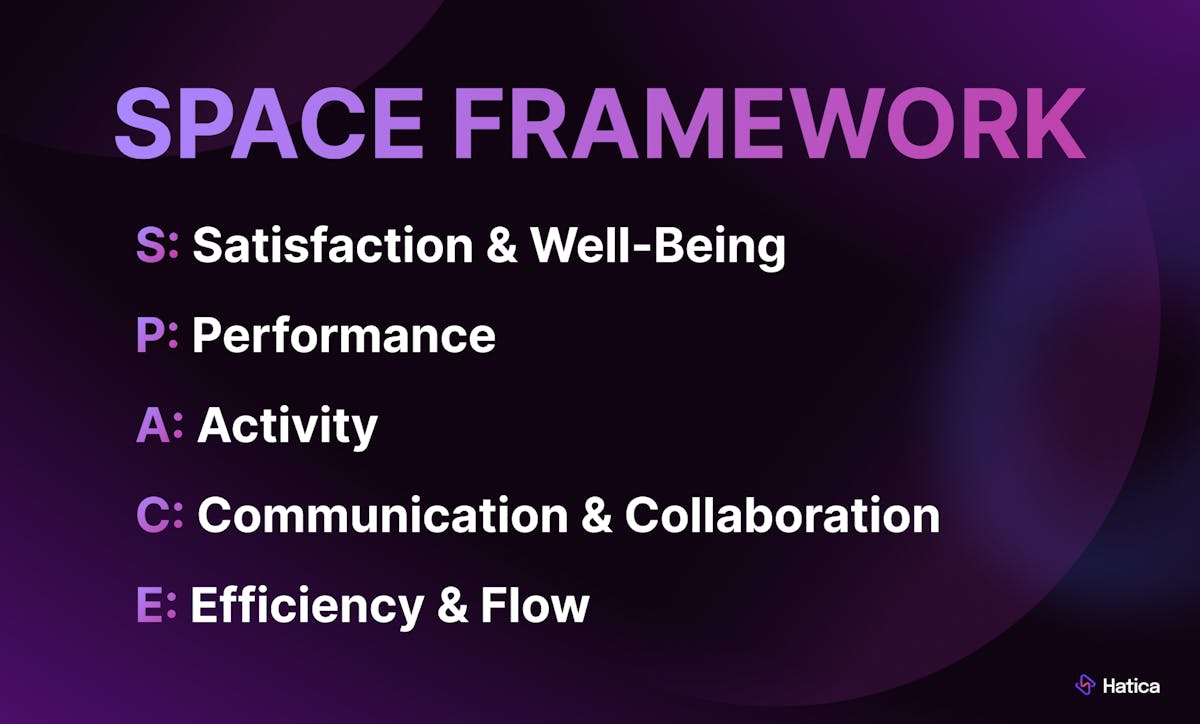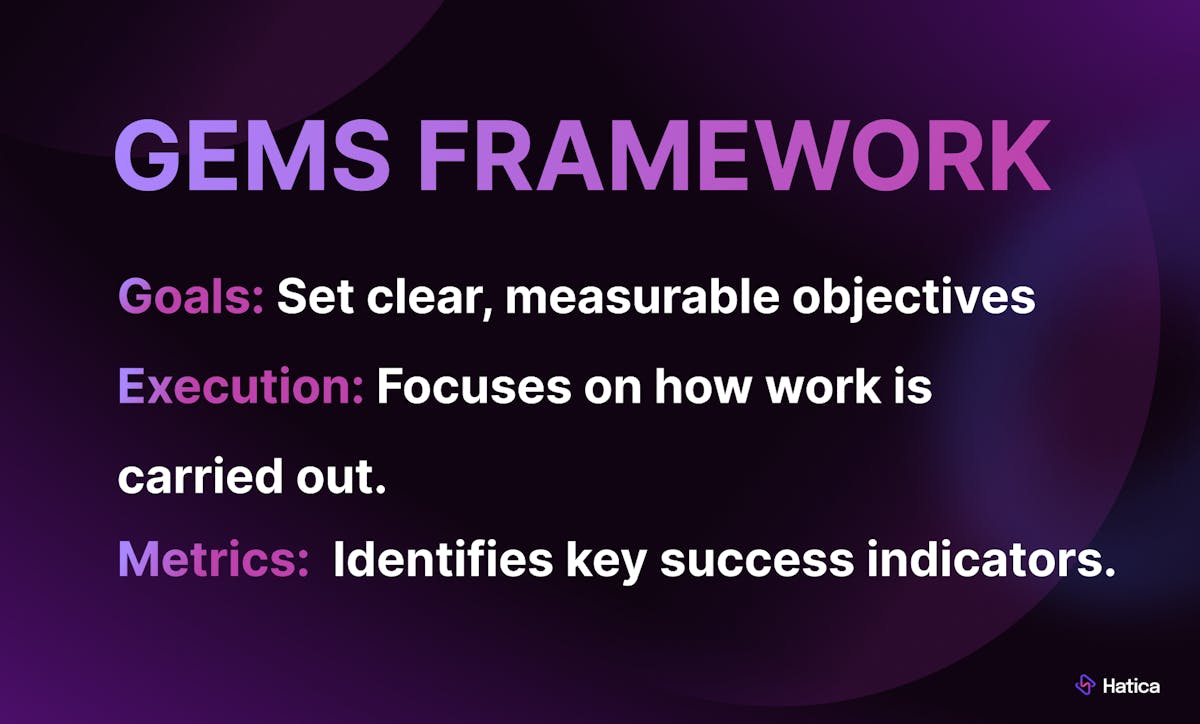As an engineering leader, you’re always looking for ways to ensure your engineering team is caught up with all the backlog, building new and innovative products, and is shipping better software faster with each passing sprint. To deliver that level of engineering excellence, developers and engineering teams must be productive and efficient in whatever they do. Developer productivity is a key piece of that puzzle. It’s not just about the quantity of code produced but also about how effectively your engineering team collaborates, how quickly they resolve issues, how smoothly they operate across the SDLC, and how engaged they feel in their work.
With the rise of DevOps and automated workflows, we've made significant progress in enhancing developer productivity.
To keep this momentum going, different frameworks have been created to measure and boost productivity. These frameworks give you a clear way to look at key engineering metrics and spot areas where things could be done better. By getting to know these frameworks and using them effectively, you can help create a more productive and satisfying work environment for your engineering team.
In the last couple of years DORA metrics and SPACE Framework. have caught some attention and engineering teams have begun to deploy them in day-to-day operations. But today, we’re going to dive deeper into how these frameworks stack up against others. So, let’s dive in and see what we can uncover.
How DORA, SPACE, and Other Developer Productivity Frameworks Came Into The Picture
DORA and SPACE frameworks, though developed with different focal points, have both become indispensable tools in the landscape of modern software engineering. But they are just part of a broader ecosystem of developer productivity frameworks that help teams achieve excellence in software delivery and overall engineering team performance. Let’s dive into how DORA, SPACE, and other metrics came into existence to explore what problem they intended to solve in the first place.
DORA Metrics
The story of DORA (DevOps Research and Assessment) metrics began with a groundbreaking research project aimed at discovering what drives high performance in software development and delivery. Led by Dr. Nicole Forsgren, along with Jez Humble and Gene Kim, the research focused on the key factors that set elite teams apart.
Over several years, they collected data from thousands of DevOps teams worldwide, ultimately identifying four key metrics: Deployment Frequency, Cycle Time, Mean Time to Recovery (MTTR), and Change Failure Rate. These metrics offer a clear, quantifiable way to measure the effectiveness of DevOps practices, helping teams deliver software faster while maintaining reliability.
As the research gained attention, it became clear that these metrics weren't just academic exercises—they were practical tools that could be applied in real-world DevOps environments. Today, the widespread adoption of DORA metrics has helped countless organizations optimize their software delivery processes, making them faster, more efficient, and more resilient.
This success led the DORA team to join Google Cloud, where these metrics continue to play a key role in measuring DevOps performance.







